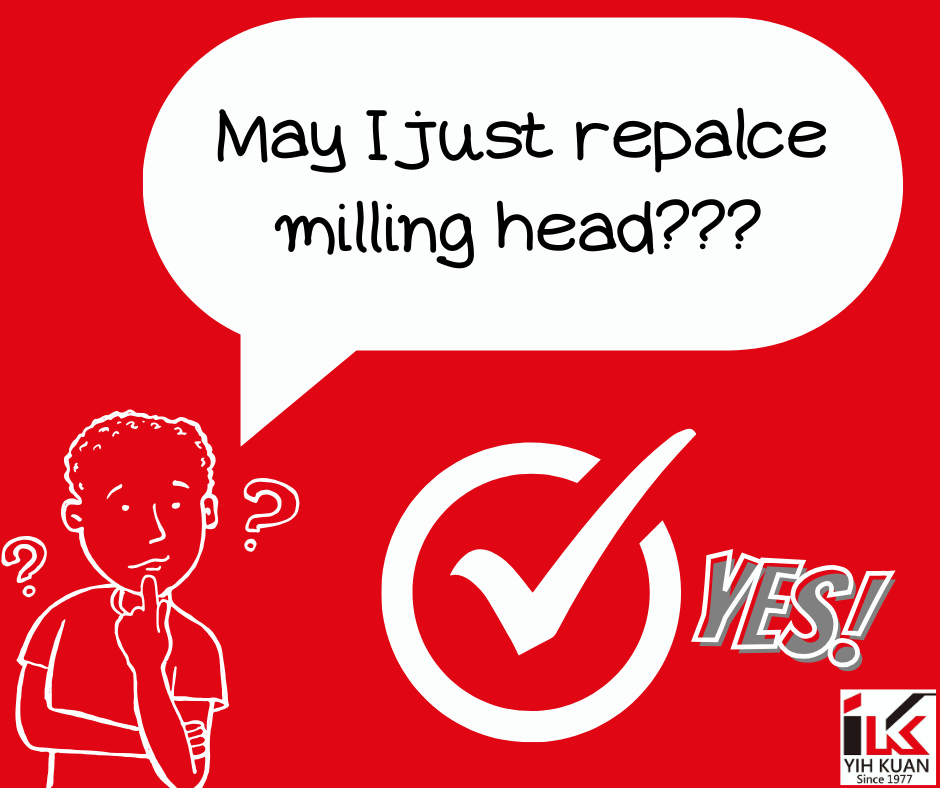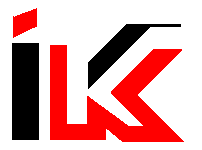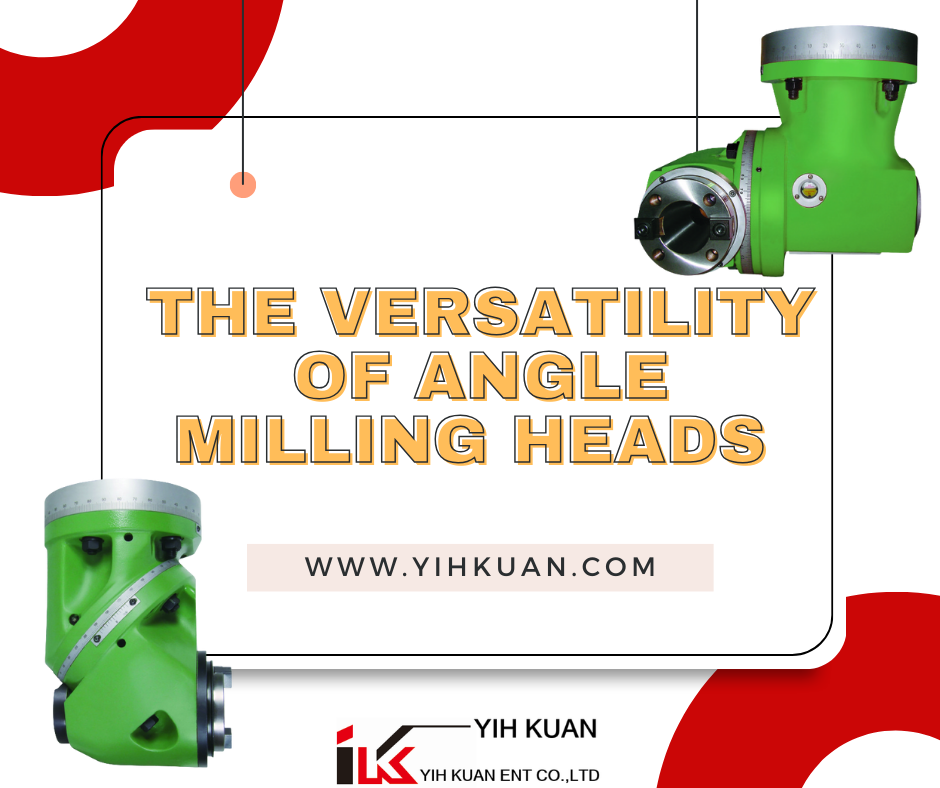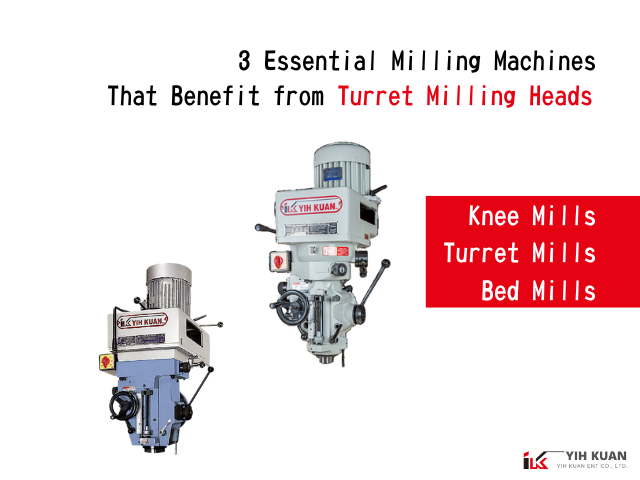Tag Result
#ikmillinghead
The answer is yes.It is possible to only replace the milling machine head without replacing the entire machine. The head of a milling machine typically includes the main spindle, the tool holder, and the control system, among other components, and these parts may need replacement due to wear and tear, technological advancements, or changes in production requirements.Here are some scenarios where replacing only the milling machine head might be considered:Technological Advancements: If a new milling machine head offers a more advanced control system, higher spindle speed, faster feed rates, or other advantages that are crucial for the existing machine, considering only replacing the head is a viable option.Changes in Production Requirements: If there are changes in production demands and the new milling machine head better meets these changes without requiring a full machine replacement, then replacing only the head may be an economically efficient solution.Cost Considerations: The cost of replacing an entire machine can be relatively high, and replacing only the head might be a more cost-effective option, especially for small to medium-sized businesses or those with budget constraints.Maintenance Reasons: If the other components of the machine are still in good condition and it's only the head that is experiencing issues, replacing only the head can be an effective maintenance solution.However, it's essential to ensure that the new head is compatible with the existing machine, considering factors such as size, control systems, power requirements, and other aspects.
IntroductionAngle milling heads are pivotal in enhancing the versatility and efficiency of machining operations, allowing machines to reach otherwise inaccessible angles with precision. At Yih Kuan, we offer a range of angle milling heads including 90° angular heads, 90° deep milling heads, and 45° universal milling heads, designed to fit various machining setups such as vertical/horizontal machining centers, gantry milling machines, boring mills, and milling machines. This article explores the distinct features and applications of each type to help you select the best milling head for your requirements.Understanding Different Angle Milling HeadsAngle milling heads are specialized tools that facilitate machining at various angles, which is critical when working on complex parts with intricate geometries. Here are the key differences between the angle heads we offer:90° Angular HeadFeatures: This head positions the tool at a precise 90-degree angle relative to the workpiece, making it ideal for side milling, drilling, and tapping operations that require orthogonal approaches.Applications: Perfect for jobs that demand precision in creating perpendicular features and external edges.90° Deep Milling HeadFeatures: Similar to the standard 90° angular head but designed for deeper cuts and extended reach within cavities or alongside protrusions.Applications: Used extensively in mold making and automotive industries where accessing deep pockets and performing complex side milling are necessary.45° Universal Milling HeadFeatures: Offers the flexibility to adjust the tool orientation to 45 degrees, providing an optimal angle for chamfering, beveling, and inclined surface machining.Applications: Ideal for aerospace and general engineering sectors where angled features and chamfers are frequently required.How to Choose the Right Angle Milling HeadSelecting the appropriate angle milling head depends on the specific machining tasks and the geometry of the parts being manufactured:Material and Geometry Considerations: Assess the types of materials you work with and the complexities of the part geometries. For standard side milling and drilling, a 90° angular head might suffice, while more complex parts with deep recesses may necessitate a 90° deep milling head.Machining Center Compatibility: Ensure the selected head is compatible with your existing machining center in terms of mounting, rotational speed, and torque capabilities.Production Requirements: For high-volume production with repetitive angled cuts or features, the 45° universal milling head offers the versatility needed for various operations without the need for frequent tool changes.ConclusionAngle milling heads significantly expand the capabilities of standard machining centers by allowing for precise angled cuts and operations. Whether you need a head for straightforward perpendicular operations, deep pocket machining, or versatile angled applications, Yih Kuan has the solution. Our range of 90° angular heads, 90° deep milling heads, and 45° universal milling heads are engineered to meet diverse manufacturing needs, enhancing both flexibility and precision in your machining processes. For more information on how our angle milling heads can benefit your operations, or to discuss your specific machining challenges, please contact Yih Kuan. We’re here to help you achieve optimal machining efficiency and quality.
In the composition of a milling machine, the milling head is one of the core components that determines machining performance. The milling head directly affects the precision, efficiency, and stability of the machining process. As a critical part of hardware component manufacturing, choosing a high-quality milling head can significantly improve production efficiency and reduce equipment maintenance costs.As a professional milling head manufacturer, YIH KUAN Enterprise is dedicated to providing a diverse range of milling head products to meet the various machining needs of hardware manufacturers. YIH KUAN’s product line includes vertical milling heads, horizontal milling heads, gantry milling heads, and angle heads, all known for their high precision and stability, capable of handling a wide range of complex metal machining applications.YIH KUAN Enterprise not only provides standardized milling heads but also offers customized solutions tailored to the specific needs of clients, making them suitable for hardware manufacturers of different scales. The milling heads from YIH KUAN feature the following advantages:High-precision machining: YIH KUAN's milling heads are designed with precision to ensure stable accuracy even during long-term operation, making them ideal for machining various precision hardware components.Durability and reliability: YIH KUAN uses high-quality materials to manufacture its milling heads, ensuring that the products remain reliable under heavy loads and extended operation, reducing downtime and increasing production capacity.Diverse options: Whether for traditional milling machines or modern CNC milling machines, YIH KUAN provides suitable milling head accessories to adapt to different machining processes.YIH KUAN's Customization ServicesIn addition to providing high-quality standard products, YIH KUAN also possesses strong technical expertise to design and manufacture milling heads according to clients' specific needs. For hardware manufacturers with special machining requirements, YIH KUAN works closely with them from design to production, ensuring that the milling heads perfectly fit their production processes.YIH KUAN Enterprise’s professional services cover not only the manufacturing and maintenance of milling heads but also provide comprehensive technical support, ensuring that every customer can maximize the efficiency of their milling machines, thus enhancing production efficiency and product quality.
Introduction In the machining world, flexibility and precision are paramount. Turret milling heads are renowned for their versatility, making them indispensable tools in various milling environments. This article explores how turret milling heads can be effectively used in knee mills, turret mills, and bed mills, enhancing their functionality and expanding their machining capabilities.1. Turret Milling Heads in Knee MillsKnee mills, characterized by their adjustable table (or 'knee'), are popular in tool rooms and small manufacturing setups due to their simplicity and effectiveness. The addition of a turret milling head to a knee mill transforms it into a more versatile machine, capable of more complex operations with improved precision.Enhanced Flexibility: Turret milling heads allow knee mills to perform a variety of functions such as angular milling, drilling, and boring, which are otherwise limited in traditional setups.Applications: Ideal for small batch productions and custom work where frequent adjustments are required.2. Enhancing Turret Mills with Turret Milling HeadsTurret mills themselves offer significant versatility and are preferred for their ease of use and precise control. By integrating a turret milling head, these machines can achieve even greater accuracy and flexibility.Multi-Angle Machining: With a turret milling head, operators can easily adjust the cutting angle without repositioning the entire workpiece, making it perfect for creating complex shapes and profiles.Applications: Suitable for educational institutions, R&D departments, and any manufacturing process where versatility is required without large-scale production demands.3. Turret Milling Heads on Bed MillsBed mills feature a stationary table with the spindle moving perpendicular to the table surface. Adding a turret milling head introduces additional axes of movement, thereby expanding the types of operations that can be performed.Increased Capabilities: A turret milling head on a bed mill allows for more complex geometries and can significantly reduce setup times by facilitating multi-angle cuts in a single setup.Applications: Great for heavy-duty manufacturing environments such as in the automotive and aerospace sectors where large, complex parts are common.ConclusionThe integration of turret milling heads into knee mills, turret mills, and bed mills not only broadens the scope of these machines but also enhances their operational efficiency. This upgrade allows manufacturers to tackle more complex projects with precision, making the most out of their existing equipment.Call to ActionTo learn more about how a turret milling head can revolutionize your milling operations, or to explore the right type of milling head for your machinery, contact Yih Kuan Enterprise Co., Ltd. today. We offer expert advice and high-quality solutions tailored to meet your machining needs.
We use cookies to optimize and continuously update it according to your needs.The settings can be changed at any time under "Privacy"










